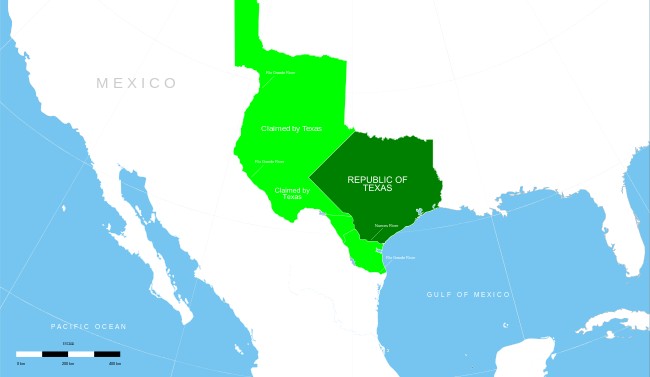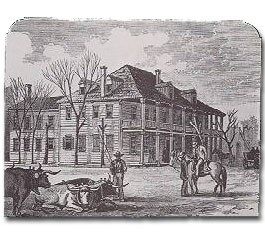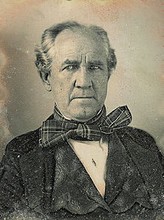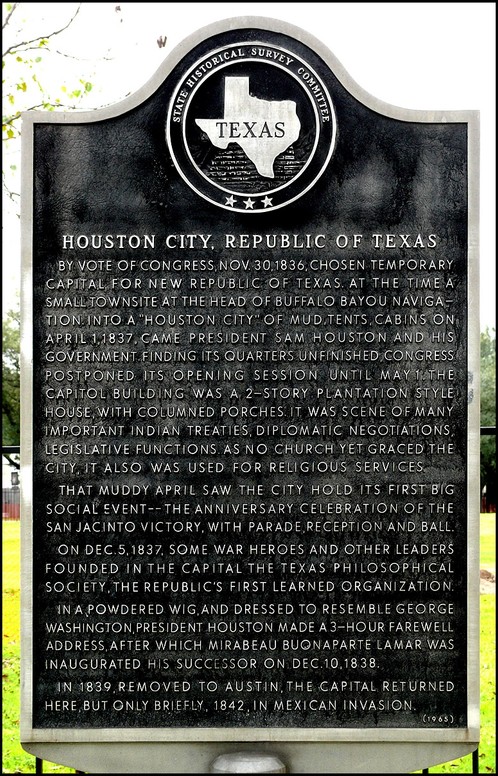Republic of Texas - Historical Marker
Introduction
Text-to-speech Audio
Images
Map showing the territory of the Texas Republic

Texas Republic capital building in Houston

Sam Houston

This historical marker commemorates Houston's role as a temporary capital of the Republic of Texas

Backstory and Context
Text-to-speech Audio
General Santa Anna of Mexico and Interim President David G. Burnet of Texas signed the Treaties of Velasco, between Mexico and the Republic of Texas, which Texans intended to end hostilities between Mexico and Texas and begin the official breakaway of the independent Texas Republic. There were two treaties—a public and a secret one; however, the validity of both was later questioned, as Santa Anna had only signed them under duress while being held prisoner. Even after the treaties were signed, Mexico viewed Texas as a breakaway province but was too weak to attempt further attacks and invasions. Notably, the documents were not even called treaties until President James K. Polk called them such while justifying war about ten years later. The public treaty’s terms included releasing Santa Anna to Veracruz; however, he was kept as a prisoner of war for six months until travelling to Washington DC to meet with President Andrew Jackson about negotiating a permanent peace between Mexico and Texas. Following this, he sailed to Veracruz on the USS Pioneer, escorted by the US Navy and arrived in Veracruz on February 23, 1837.
Sam Houston rode into the city with his government on April 1, 1837. On December 5, 1837, some important Texas figures, such as war heroes, founded the Texas Philosophical Society. The Philosophical Society of Texas for the Collection and Diffusion of Knowledge’s initial goal was to create a space for the unification of great minds of the day, including scientists, scholars, military commanders, and travelers. Current proceedings of the organization include lectures on energy policy, discussion about immigration within the state of Texas, and current national security policy.
Sources
"The History of the Philosophical Society." Philosophical Society of Texas. Accessed September 13, 2015. http://www.pstx.org/index.php?option=com_content&view=article&id=6&Itemid=151.
"Our Legacy: Early Houston." Houston History. Accessed September 13, 2015. http://02db39d.netsolhost.com/legacy/history6d.htm.
"Sam Houston." Wikipedia. Accessed September 13, 2015. https://en.wikipedia.org/wiki/Sam_Houston.
